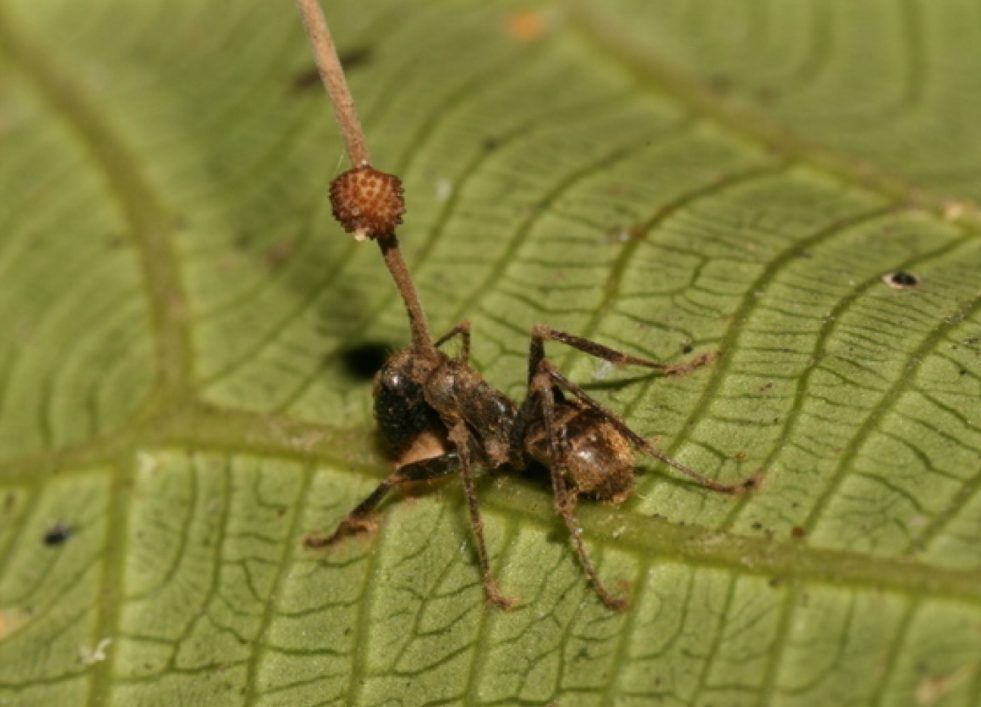Imagine a world where creatures can manipulate the minds and bodies of others, turning them into living zombies. This isn’t the plot of a science fiction movie, but rather a fascinating phenomenon occurring in nature. Parasites, tiny organisms that live in or on a host, often exhibit astonishing abilities to control their hosts’ behaviors, leading them to act in ways that benefit the parasite. This article delves into the captivating world of these real-life zombies, exploring how they operate and the mind-boggling methods they employ to survive and thrive.
The Intriguing World of Parasites
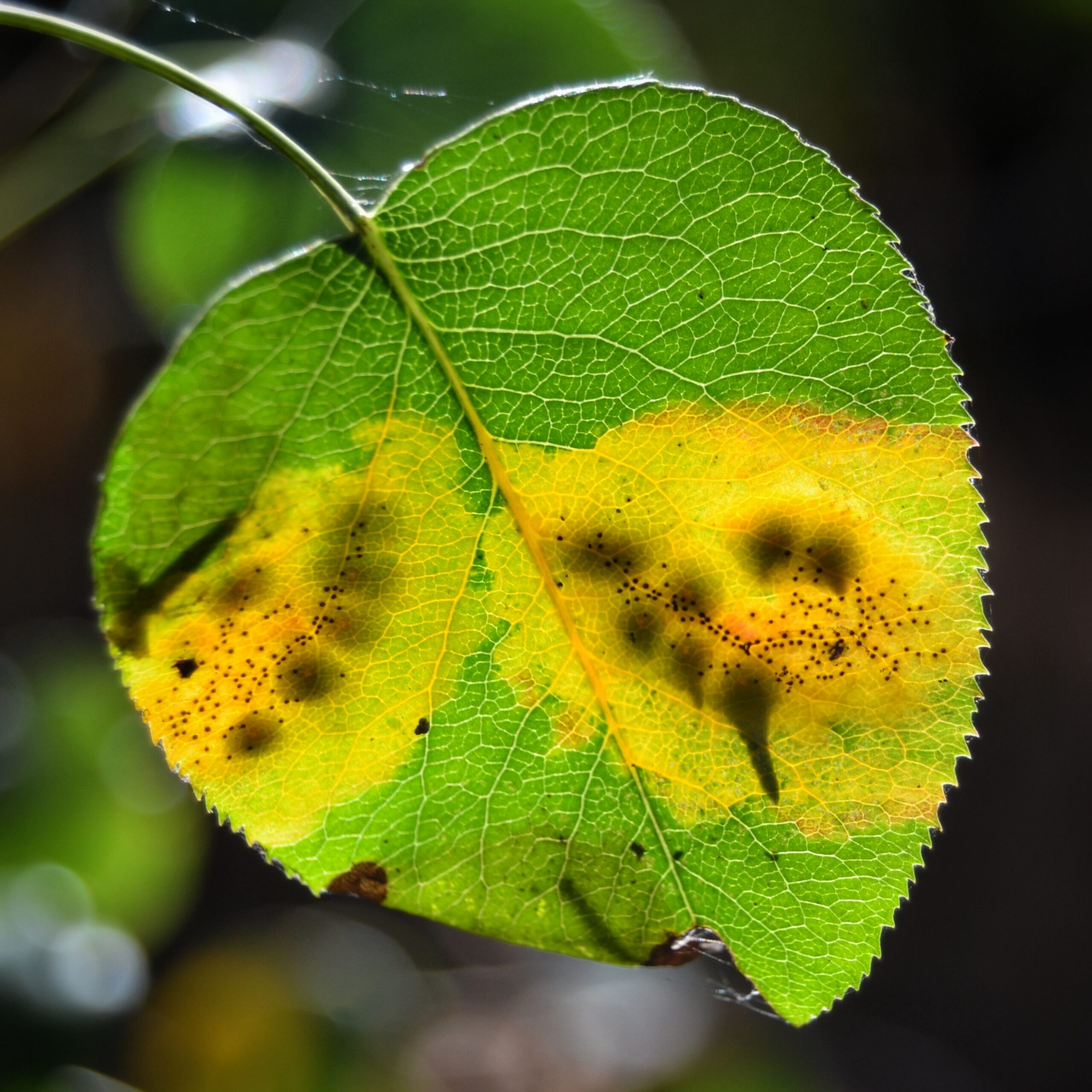
Parasites are organisms that rely on other living beings, known as hosts, for sustenance and survival. Unlike predators that kill their prey, parasites often live in a symbiotic relationship with their hosts, drawing nourishment while the host remains alive. This unique relationship allows parasites to perpetuate their lifecycle without immediately harming their host. However, some parasites have taken this relationship a step further by manipulating the host’s behavior to ensure their own survival and reproduction. This form of control can be likened to a puppeteer pulling the strings of a marionette.
The Hairworm’s Dance of Death
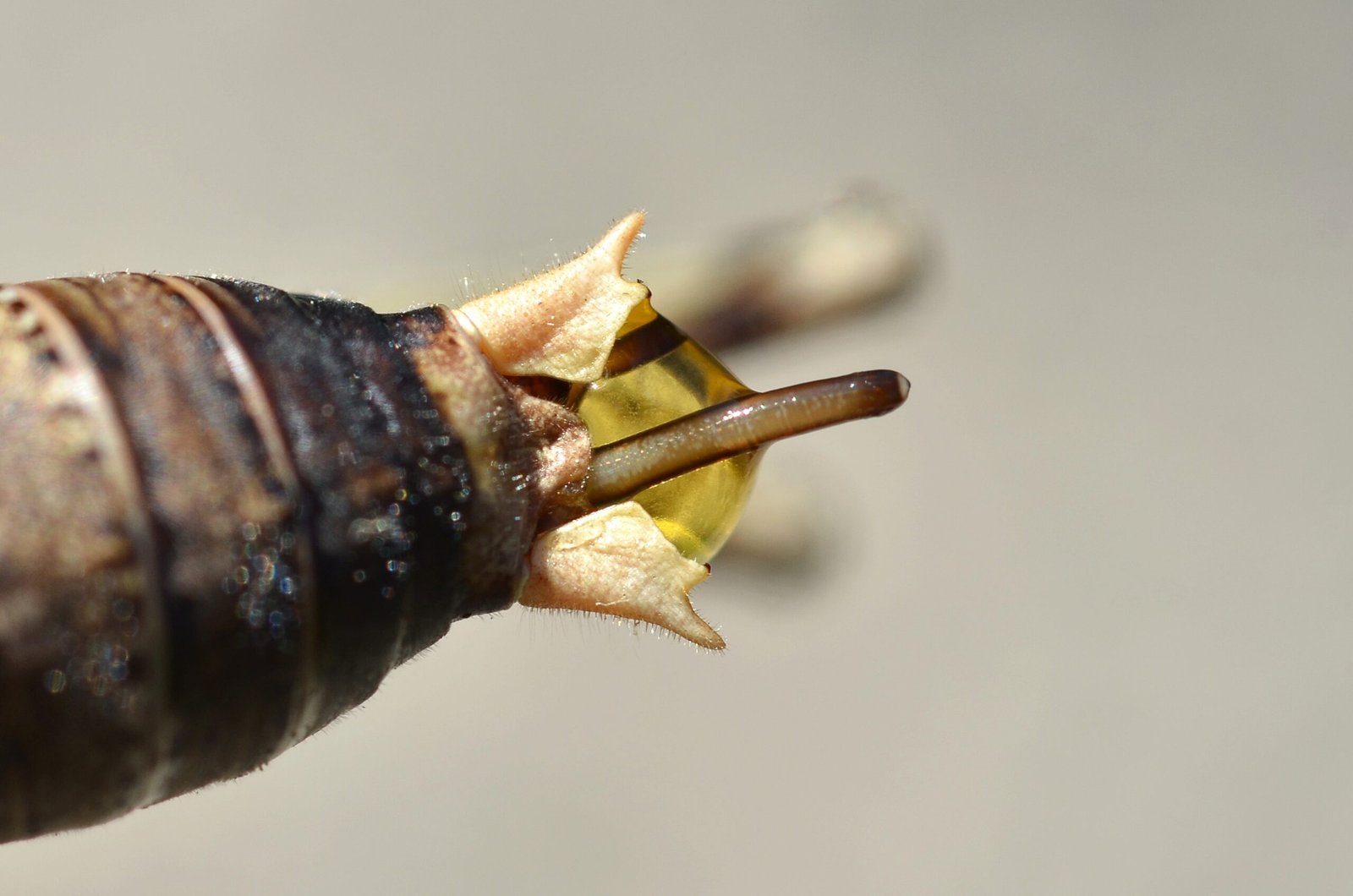
One of the most striking examples of behavioral manipulation in the animal kingdom is the hairworm’s effect on its insect host. Hairworms are parasitic worms that infect insects such as crickets and grasshoppers. Once inside, the hairworm grows and eventually compels its host to leap into water, where the worm then emerges to continue its lifecycle. This drastic behavior change is the result of biochemical signals from the parasite, essentially hijacking the host’s nervous system. It’s a chilling yet fascinating adaptation that illustrates the lengths to which parasites will go to complete their life cycle.
The Zombie Ants and Fungus

In the rainforests, a fungus known as Ophiocordyceps unilateralis infects ants, turning them into what many call “zombie ants.” The fungus invades the ant’s body and brain, compelling it to leave its colony and climb vegetation. Once at a suitable height, the ant clamps onto a leaf with a death grip, allowing the fungus to grow a stalk out of its head and release spores. This behavior ensures the fungus’s spores are dispersed over a wide area, increasing the chances of infecting new hosts. The intricate manipulation of the ant’s behavior by the fungus is a testament to nature’s complexity and ingenuity.
Mind-Altering Toxoplasma
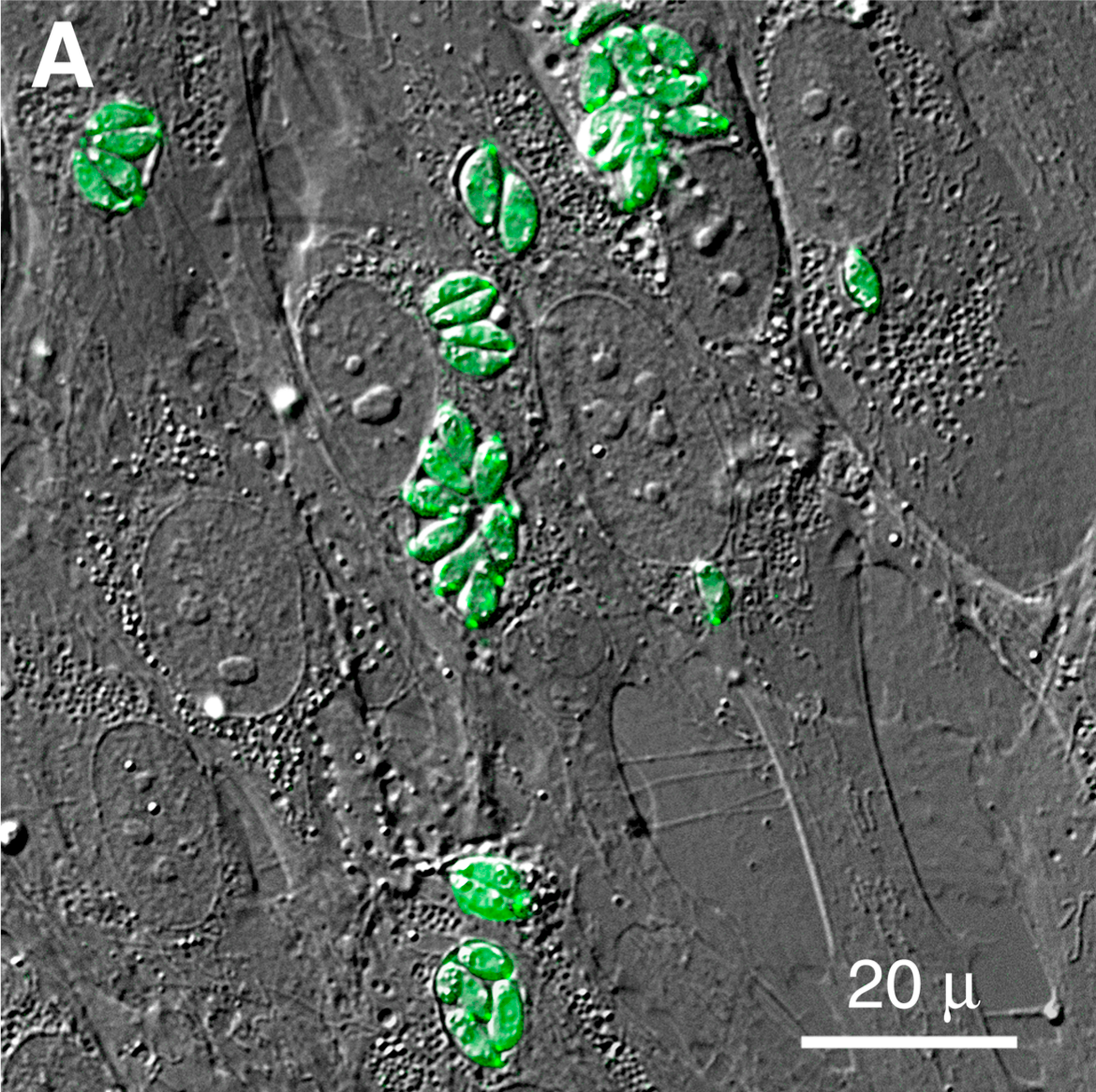
Toxoplasma gondii, a single-celled parasite, is infamous for its ability to manipulate the behavior of its rodent hosts. This parasite can only reproduce in the intestines of cats, so it has evolved to alter the behavior of infected rodents, making them less fearful of cats. This increases the likelihood of the rodent being eaten by a cat, thus transferring the parasite to its definitive host. Interestingly, studies suggest that Toxoplasma may also affect human behavior, linking it to changes in personality and even mental disorders, though the extent of its influence in humans remains a topic of research.
The Cunning Cuckoo
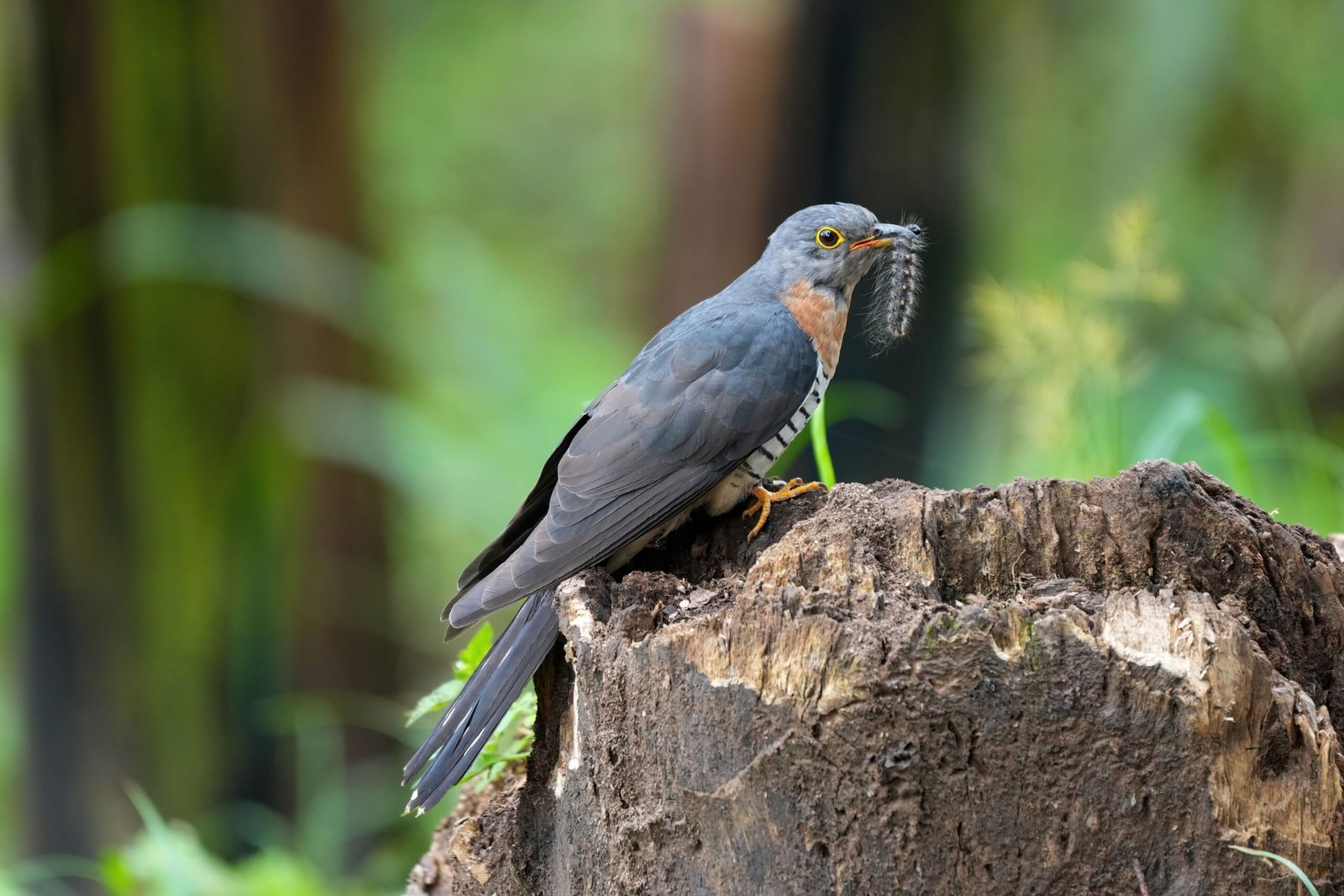
Cuckoos are known for their brood parasitism, where they lay their eggs in the nests of other bird species. The unsuspecting host birds raise the cuckoo chicks as their own, often to the detriment of their biological offspring. This form of parasitism doesn’t involve direct mind control but is an example of manipulation in the animal kingdom. The cuckoo chick’s ability to mimic the host’s chicks’ calls ensures that it receives more food and care, showcasing another facet of the parasitic influence on host behavior.
Jewel Wasps and Cockroach Zombies
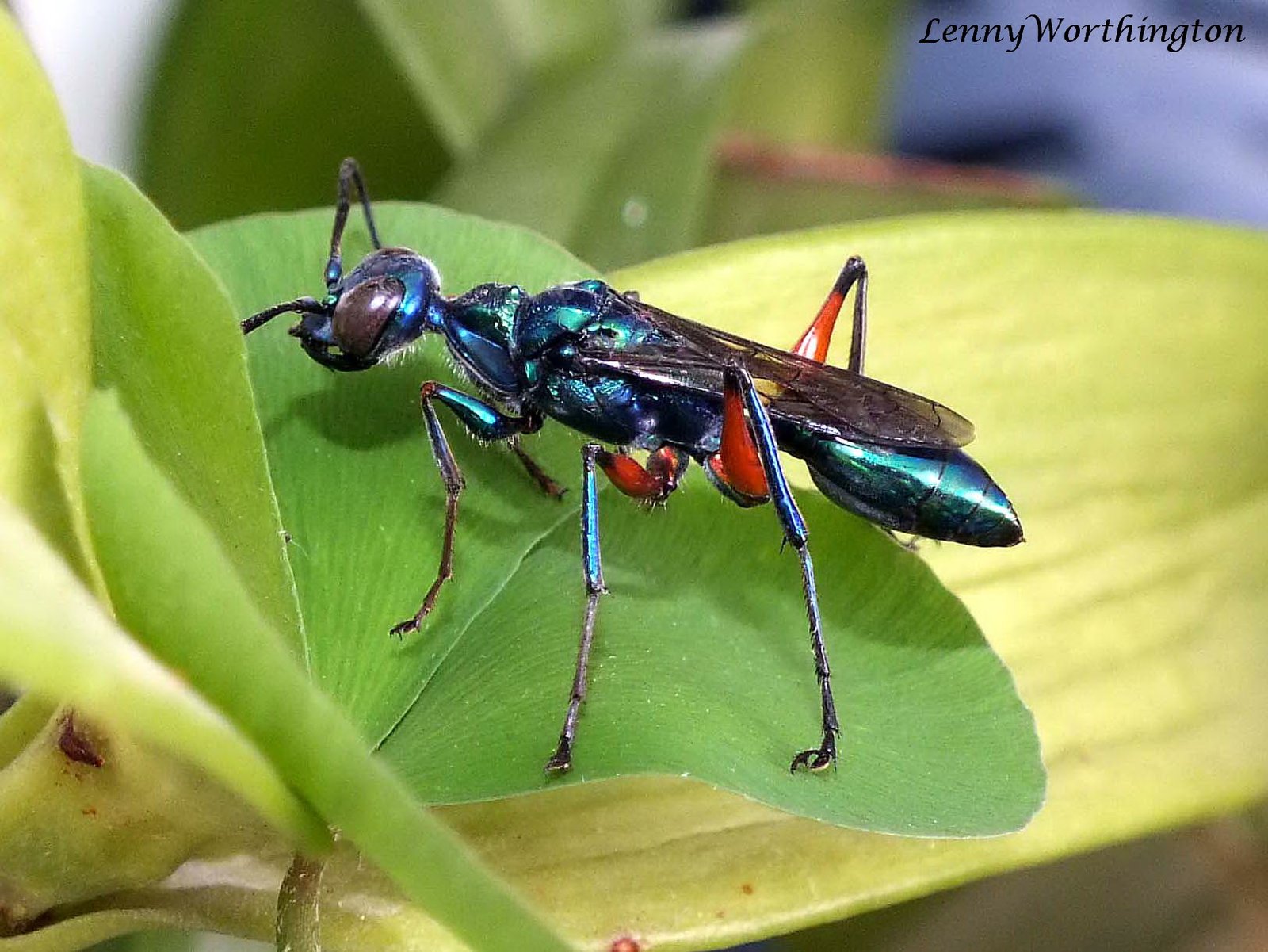
The jewel wasp is a master of manipulation, turning cockroaches into submissive hosts for its larvae. The wasp stings the cockroach, delivering venom that alters its brain chemistry and behavior. The roach becomes docile, allowing the wasp to lead it to a burrow, where it lays an egg on the roach. As the egg hatches, the larva feeds on the living cockroach, eventually emerging as an adult wasp. This mind control is a survival strategy that ensures the wasp’s offspring have a fresh food source.
Mind Manipulation by Lancet Liver Flukes
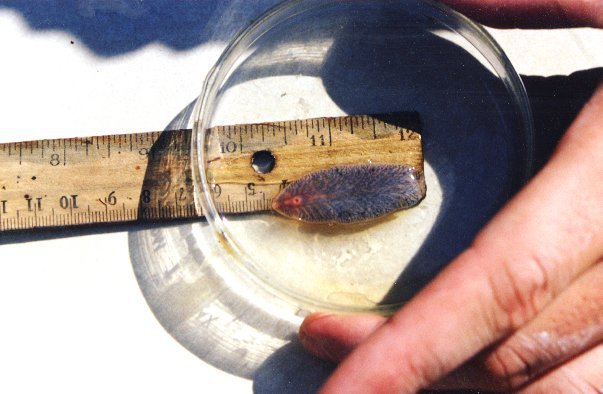
The lancet liver fluke, a parasitic flatworm, has a complex lifecycle that involves multiple hosts, including ants and ruminants like cows and sheep. To complete its lifecycle, the fluke manipulates infected ants to climb to the top of grass blades and clamp down, increasing the chances of being eaten by grazing animals. Once inside the ruminant, the fluke matures and reproduces, releasing eggs through the host’s feces. This intricate manipulation of the ant’s behavior is a remarkable example of the lengths parasites will go to ensure their survival.
The Cicada-Controlling Fungus
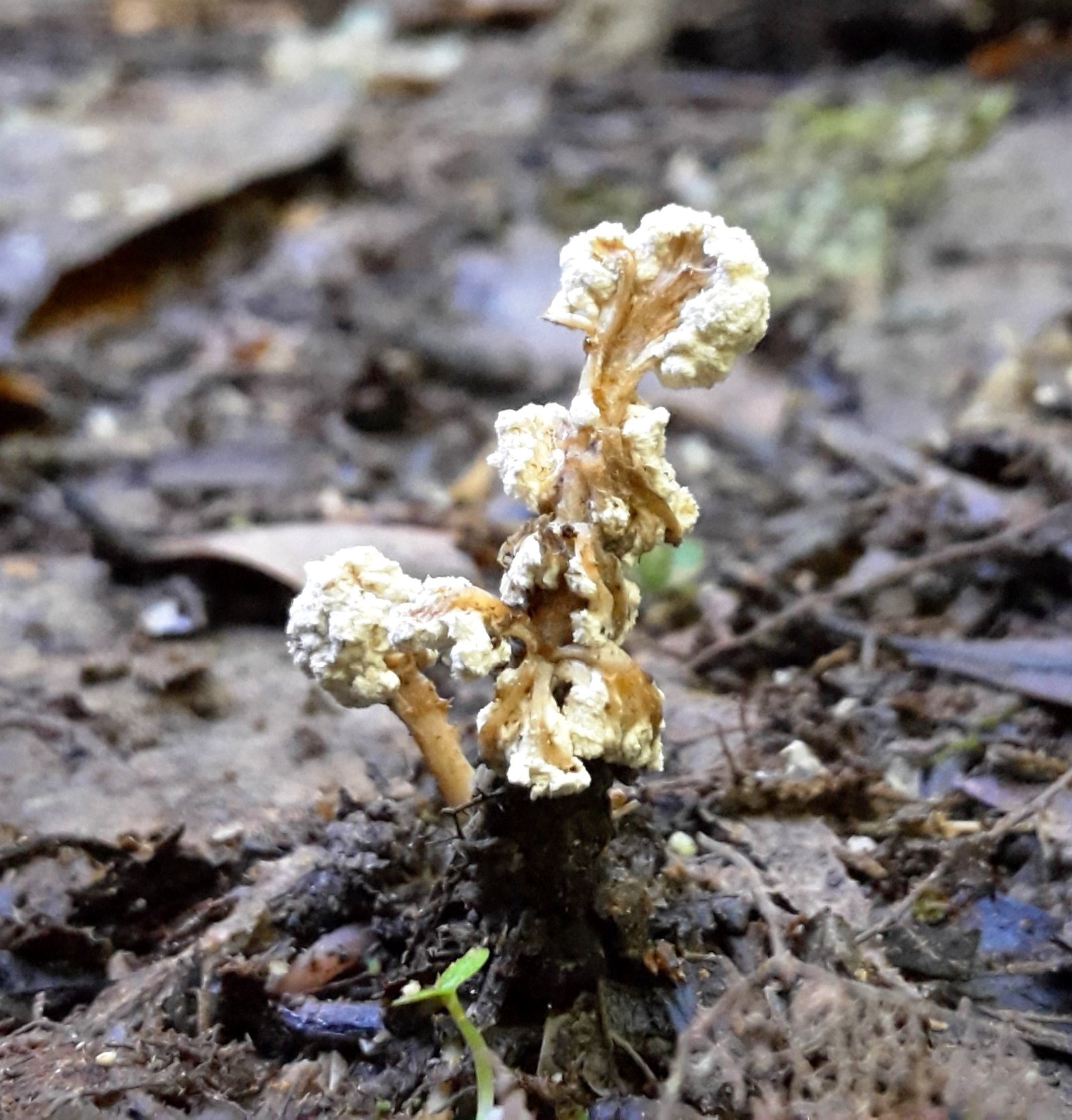
Massospora, a parasitic fungus, infects cicadas and takes over their bodies and behaviors. The fungus releases chemicals that mimic mating pheromones, causing infected cicadas to engage in mating behaviors even as their bodies disintegrate. This ensures the spread of the fungal spores to other cicadas. The manipulation of the cicada’s behavior is a stark reminder of the power parasites wield over their hosts, often driving them to act against their own best interests in favor of the parasite’s lifecycle.
Behavioral Hijacking by Parasitic Wasps
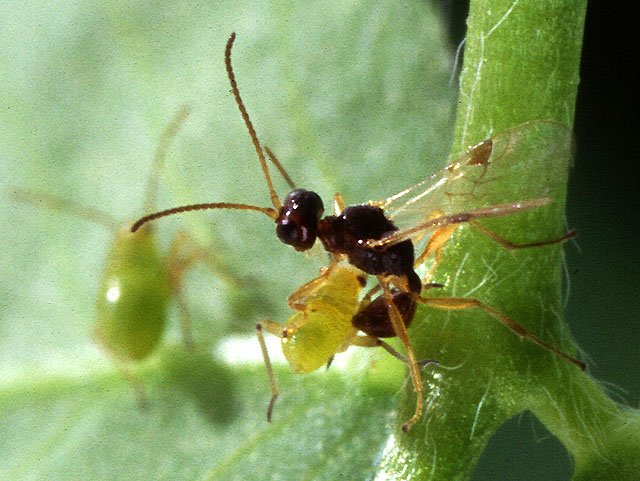
Many species of parasitic wasps lay their eggs in or on other insects, such as caterpillars. The wasp larvae feed on the host from within, eventually emerging as adult wasps. Some parasitic wasps can chemically alter their host’s behavior, causing it to protect the wasp larvae until they are ready to pupate. This form of parasitic manipulation ensures the wasp larvae have a safe environment to develop, highlighting the complex strategies parasites employ to safeguard their progeny.
The Evolutionary Arms Race
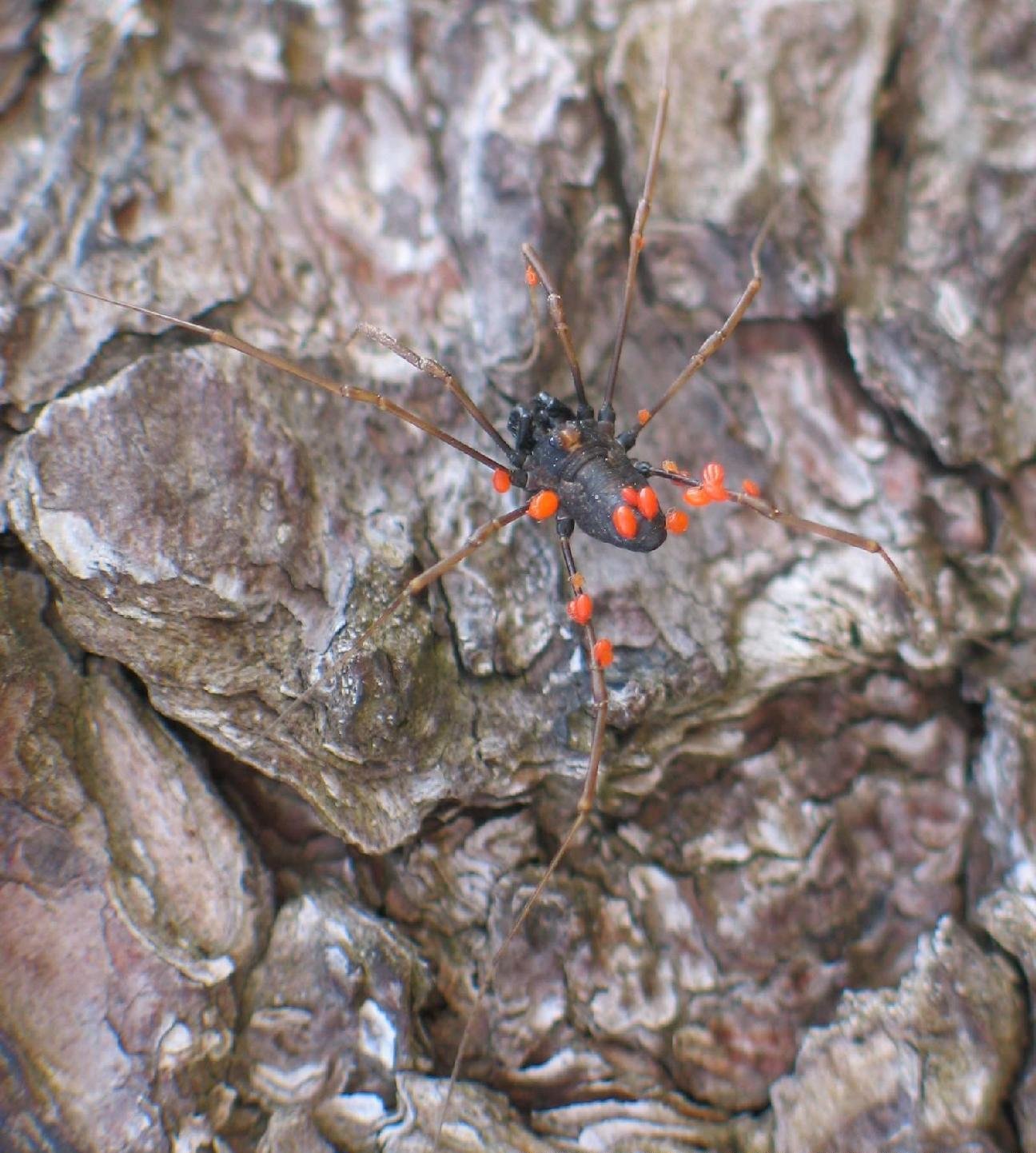
The relationship between parasites and hosts is a dynamic and ever-evolving battle. As parasites develop new methods to manipulate and exploit their hosts, hosts in turn evolve defenses to counteract these strategies. This ongoing evolutionary arms race drives the diversity and complexity seen in nature today. Understanding these interactions provides insights into ecological balance and the intricate web of life that sustains our planet.
In conclusion, the world of parasitic mind control is a testament to the adaptability and resourcefulness of life. These real-life zombies demonstrate how evolution has shaped the interactions between species in ways that are both astonishing and unsettling. As we continue to explore these relationships, we gain a deeper appreciation for the complexities of nature and the delicate balance that sustains it.

